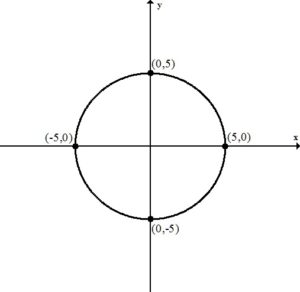Example: Find the equation of a line in slope intercept form given the line passes through the two points  and
and  .
.
Solution:
First find the slope of the line.
Choose one of the points to be  and choose the other point to be
and choose the other point to be  .
.
I will choose  to be
to be  and choose
and choose  to be
to be  .
.
Substitute these values into the slope formula and simplify.

The slope of the line containing the points  and
and  is
is  .
.
Then, use the point-slope formula of the line to start building the line. m represents the slope of the line and you can use  or
or  as the point on the line.
as the point on the line.
Point-slope formula: 
 and
and 
Substitute the values into the formula.

Since the instructions ask to write the equation in slope intercept form  we will simplify and write the equation with y by itself on one side.
we will simplify and write the equation with y by itself on one side.




The equation of a line in slope intercept form passing through the two points  and
and  is
is  .
.

 and
and 



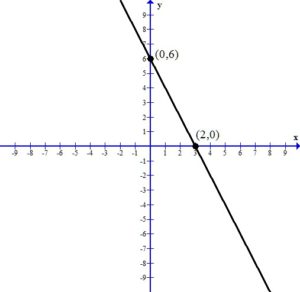
 . Since every ordered pair on the x-axis has a y coordinate of zero we can let
. Since every ordered pair on the x-axis has a y coordinate of zero we can let  to find x-intercepts.
to find x-intercepts. . Since every ordered pair on the y-axis has a x coordinate of zero we can let
. Since every ordered pair on the y-axis has a x coordinate of zero we can let  to find y-intercepts.
to find y-intercepts.












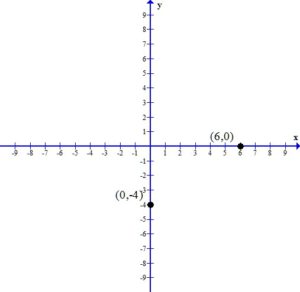
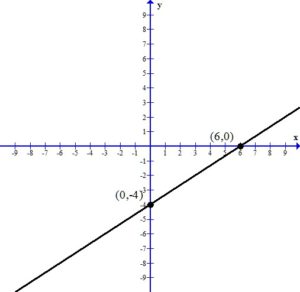









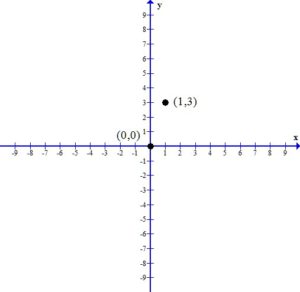
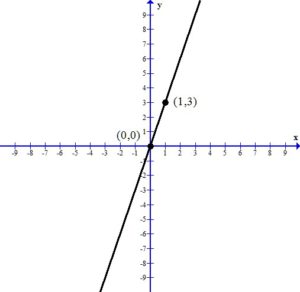
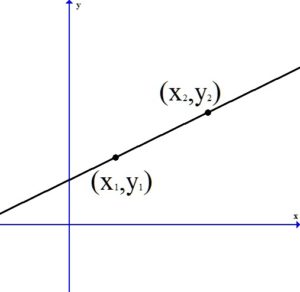
 and
and  , you can calculate the slope of a line by the following formula.
, you can calculate the slope of a line by the following formula.
 is also know as
is also know as  or “the change in y.”
or “the change in y.” is also know as
is also know as  or “the change in x.”
or “the change in x.”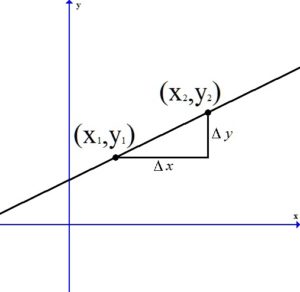

 and
and  .
.
 .
. and
and  .
.
 .
.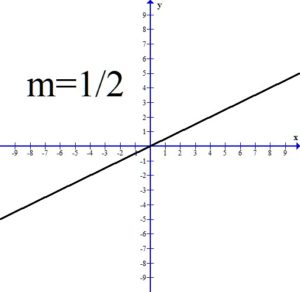

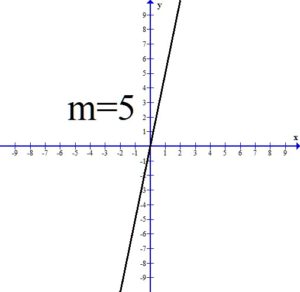

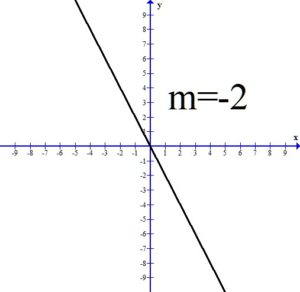
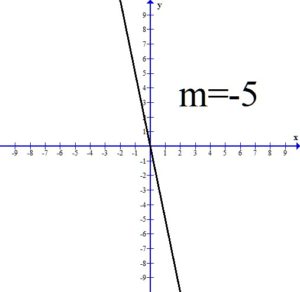


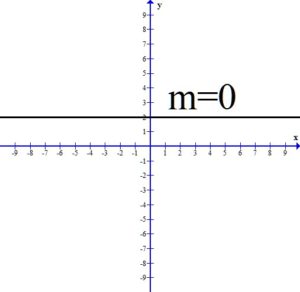
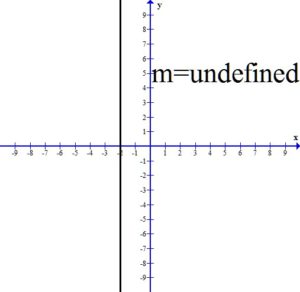
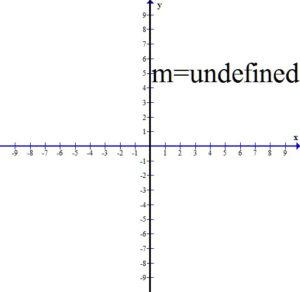
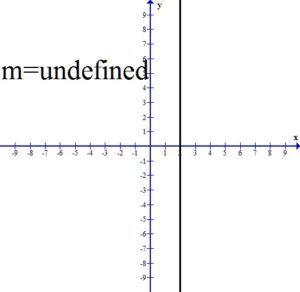




























 and
and 
 and
and 
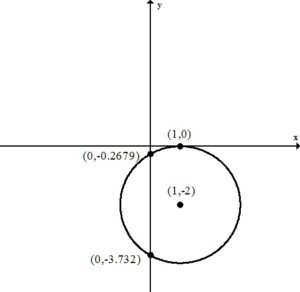











 and
and 
 and
and 









 .
.











 and
and 
 and
and 










 and
and 
 and
and 
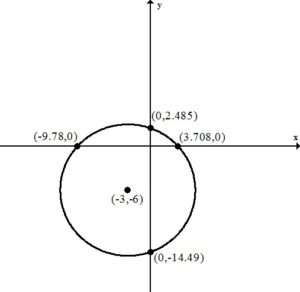






 and
and 





 and
and 
